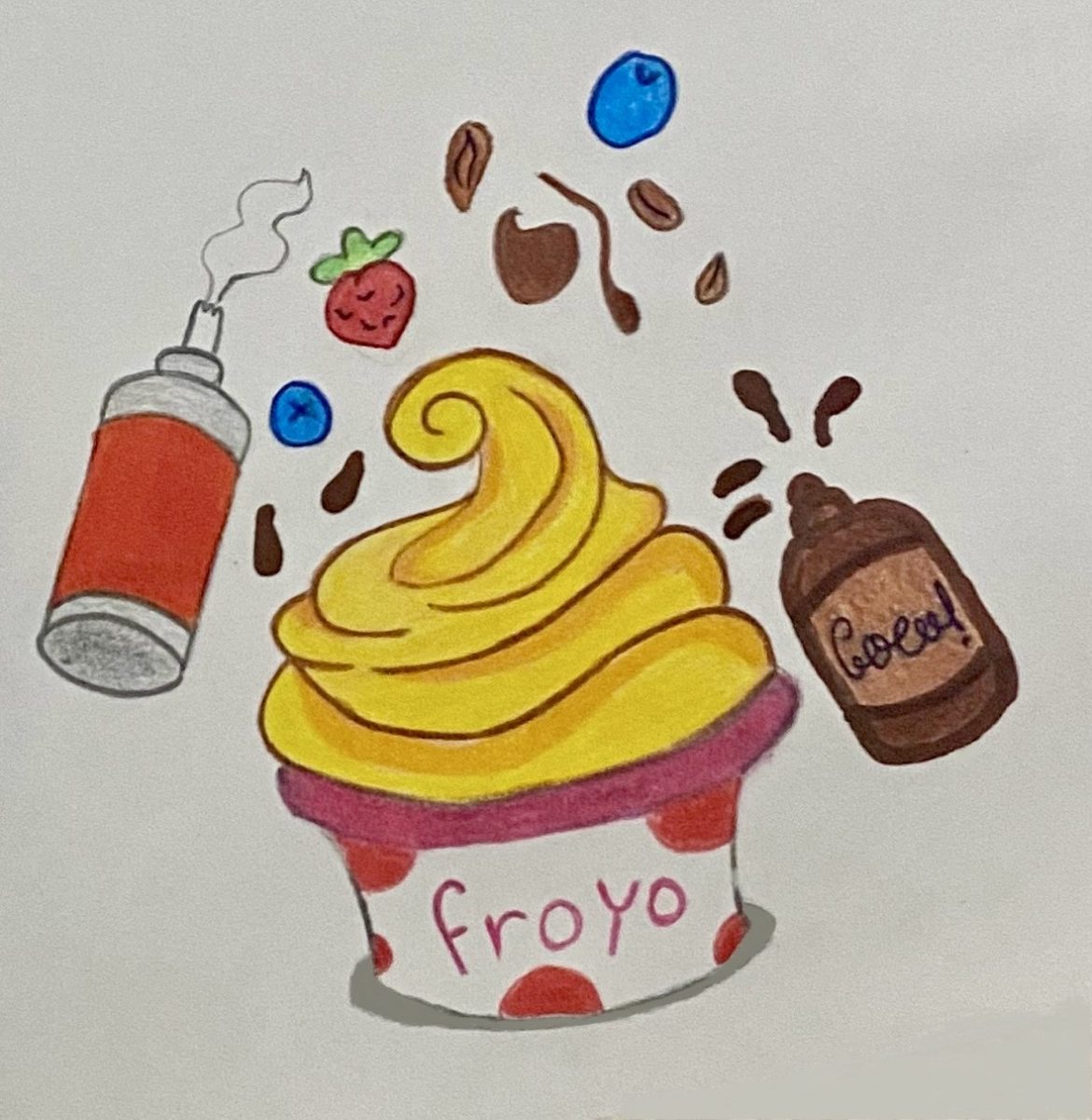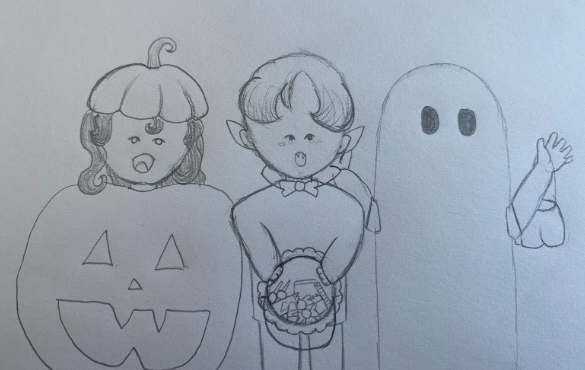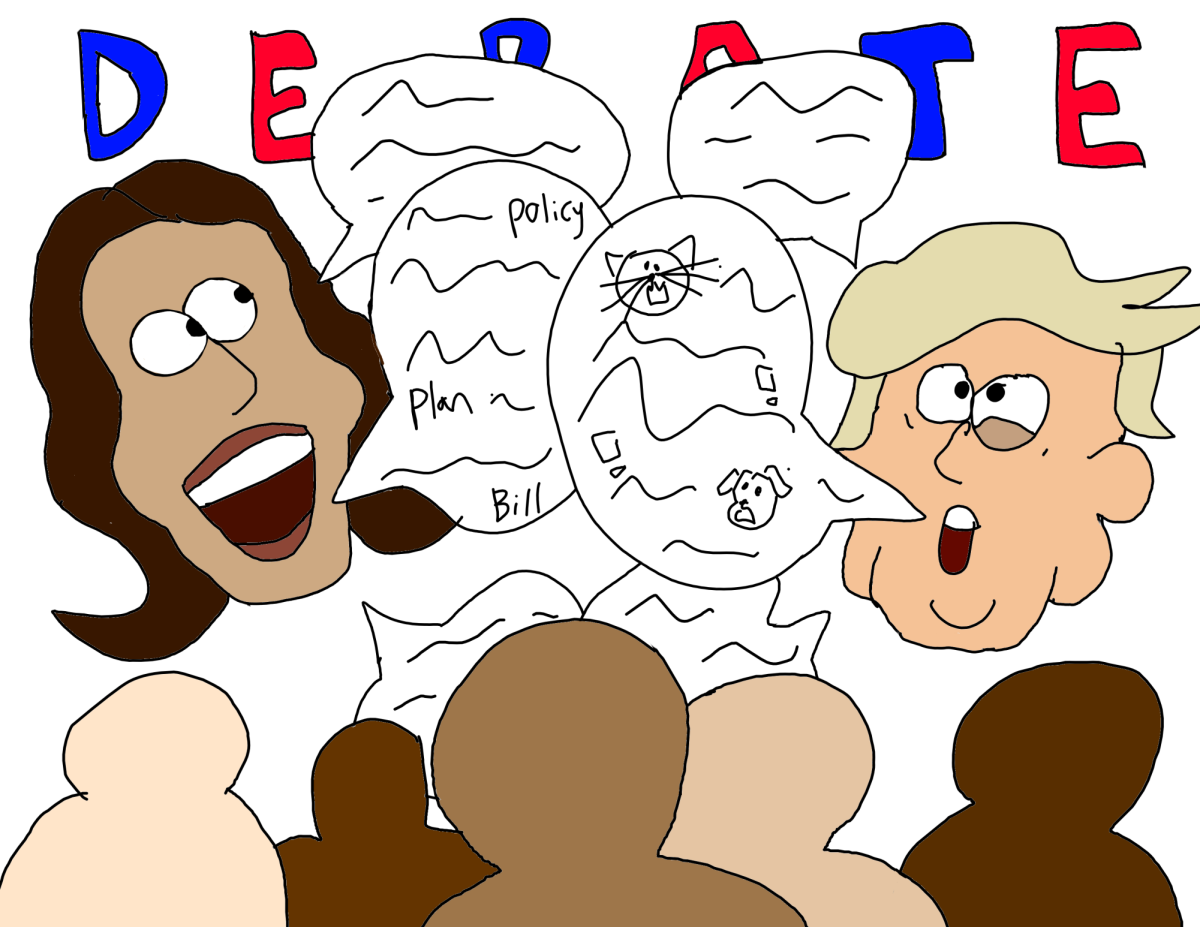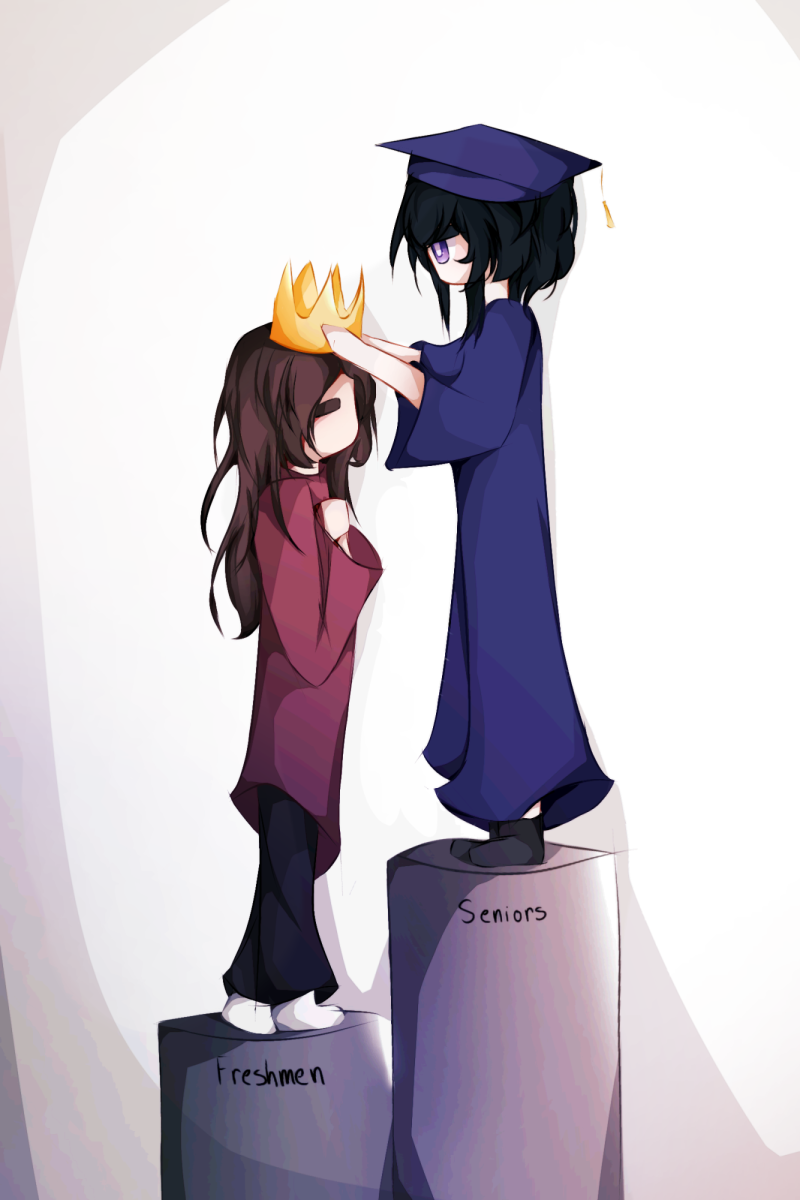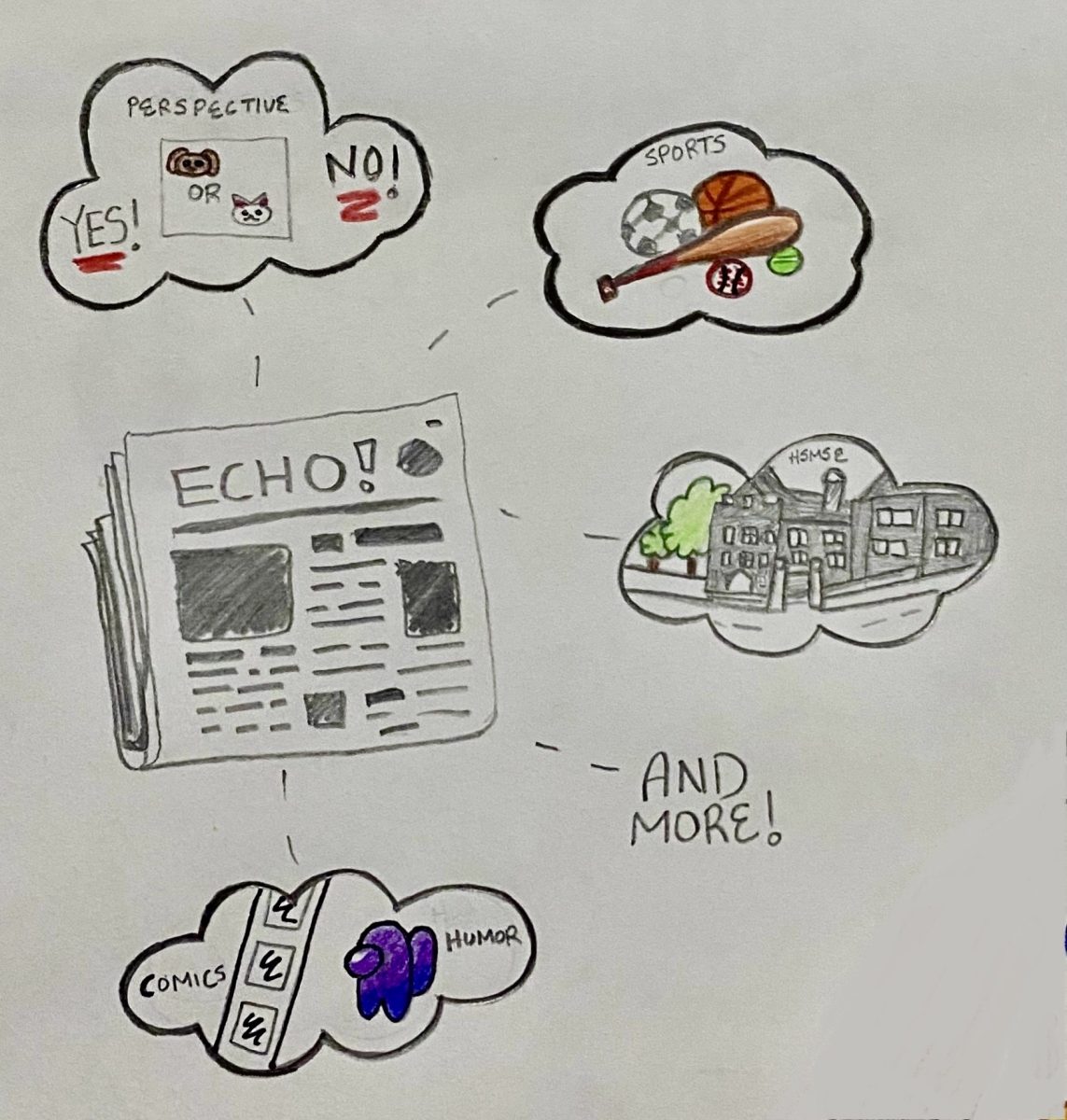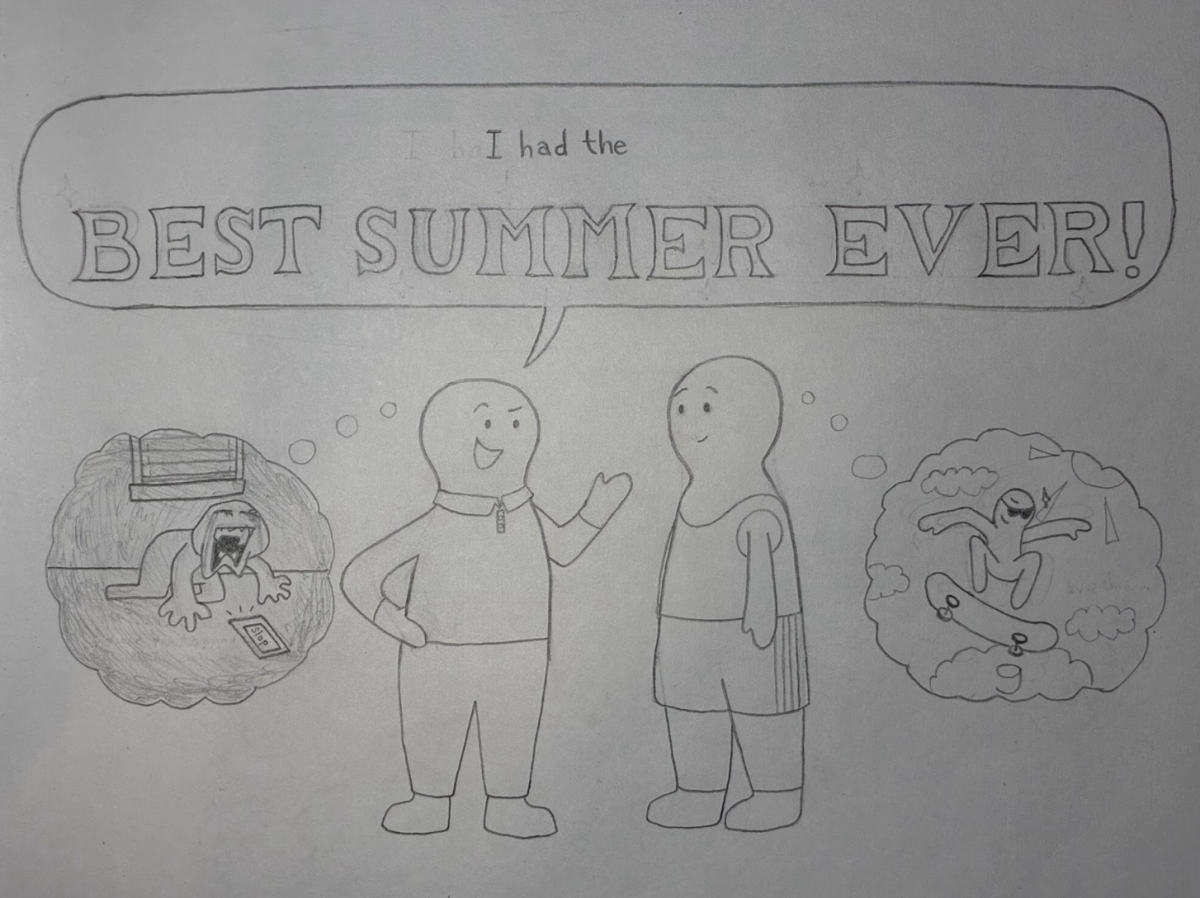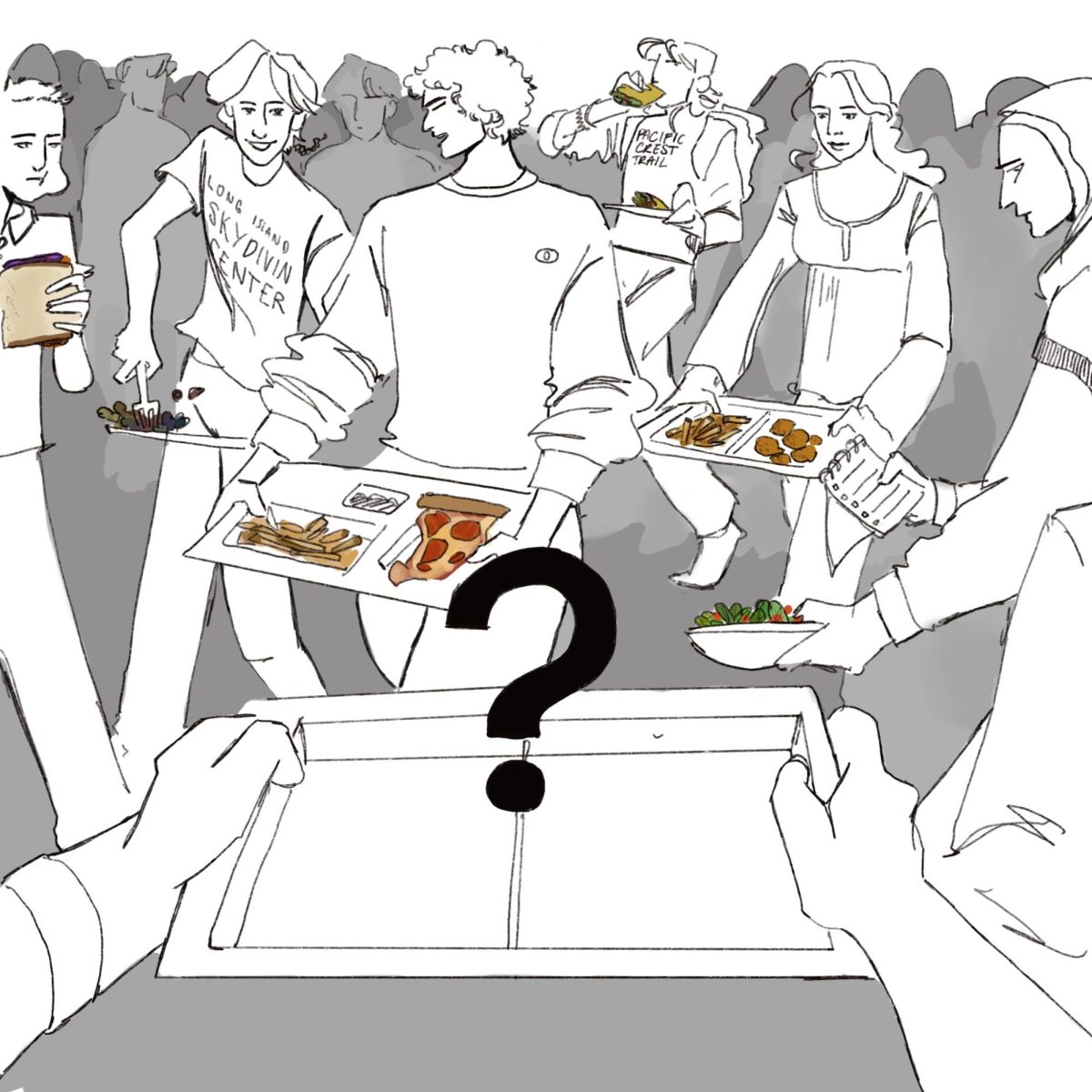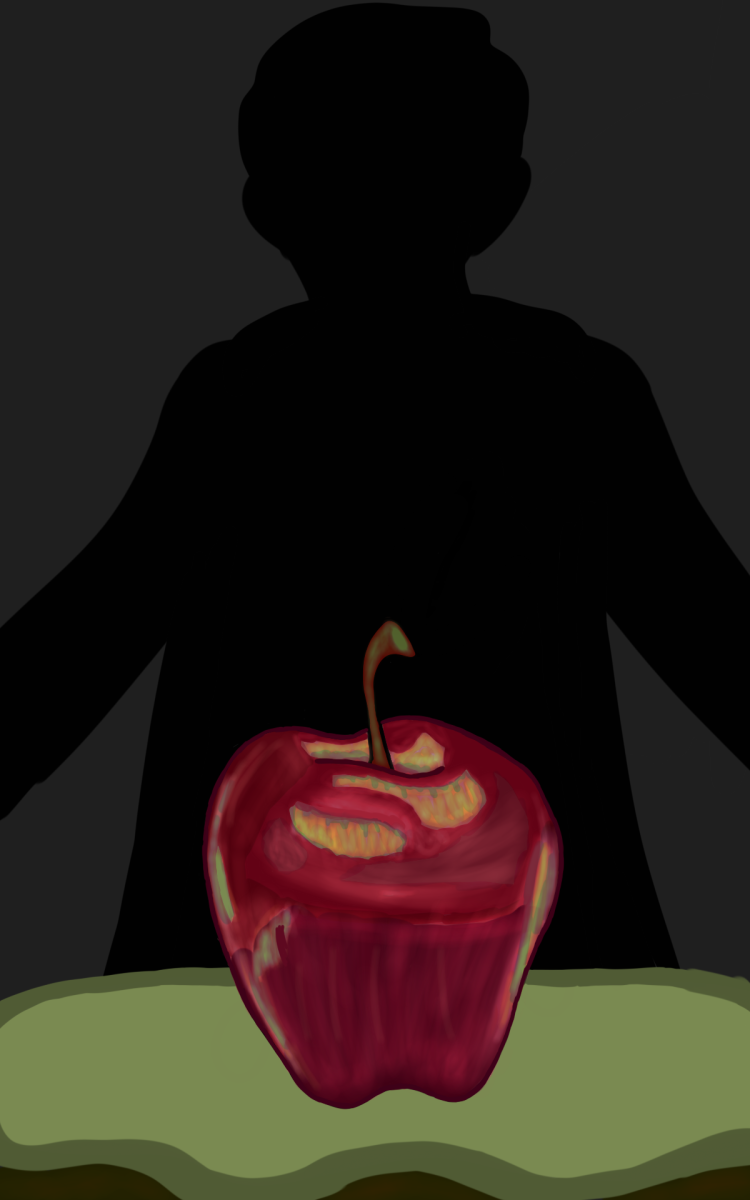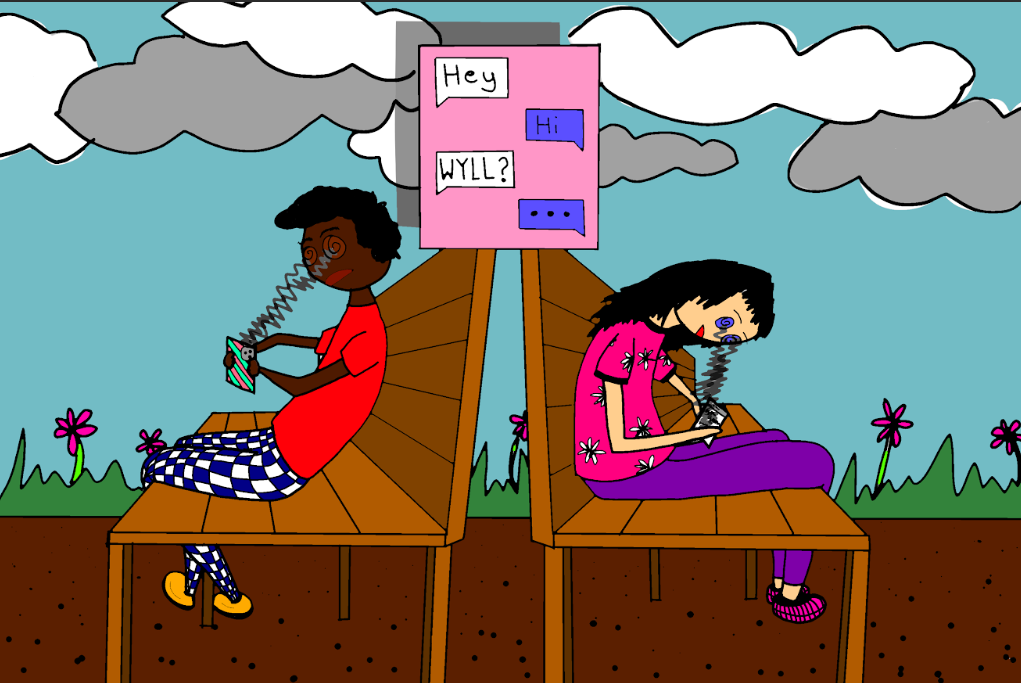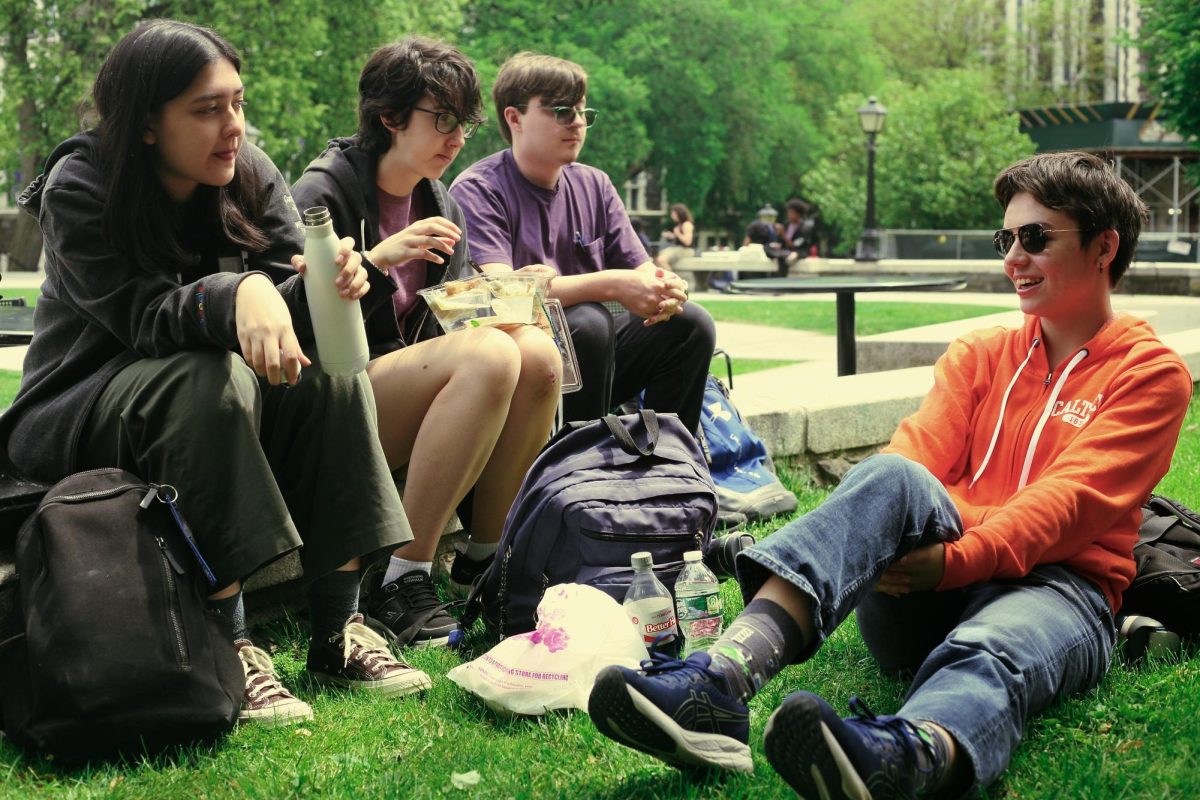When you picture Halloween, I bet you think about kids in costumes going door to door for candy. However, people didn’t always give out candy. In fact, kids used to receive other small treats like cakes, nuts, or coins.
The habit of giving out candy came from different, older traditions. One of these is Samhain, a Celtic festival from Central Europe, during which people believed spirits could cross into the world of the living. The Samhain would leave out food offerings to appease the spirits. This eventually evolved into today’s tradition of giving out candy. Many Halloween traditions, such as wearing costumes, trick-or-treating, and carving pumpkins also originated from ancient Samhain practices. Souling, an English tradition, involved people going door to door for “soul cakes” (spiced small buns and biscuits) in return for prayers. Guising, an Irish and Scottish tradition, involved children dressing up and getting food or money in exchange for performing tricks or songs. Irish and Scottish immigrants brought these customs to the United States.
In the early 1900s, kids went door to door in costumes, sometimes causing trouble if they didn’t get treats. The phrase “trick-or-treat” started being used in the 1920s–30s. It was originally used as an offer to homeowners: they could give candy, “a treat,” to avoid mischief, “a trick.” Today, the phrase is mostly for ceremonial purposes as most children receive treats. Candy became the primary treat that was given out for a few reasons. Before WWII, people gave out homemade cookies, fruit, or small toys. After the war, candy was cheap, wrapped, and easy to hand out. Safety concerns about homemade treats made candy the top option. Candy companies started marketing Halloween as a day focused on candy. According to the National Confectioners Association, Halloween accounts for $4.6 billion in sales of confectionery products each year and 12.5% of total annual sales.
Giving candy on Halloween came from old traditions of offering food to visitors or spirits. Today, trick-or-treating with candy is the most common way children celebrate, turning simple traditions into the biggest candy holiday of the year.
